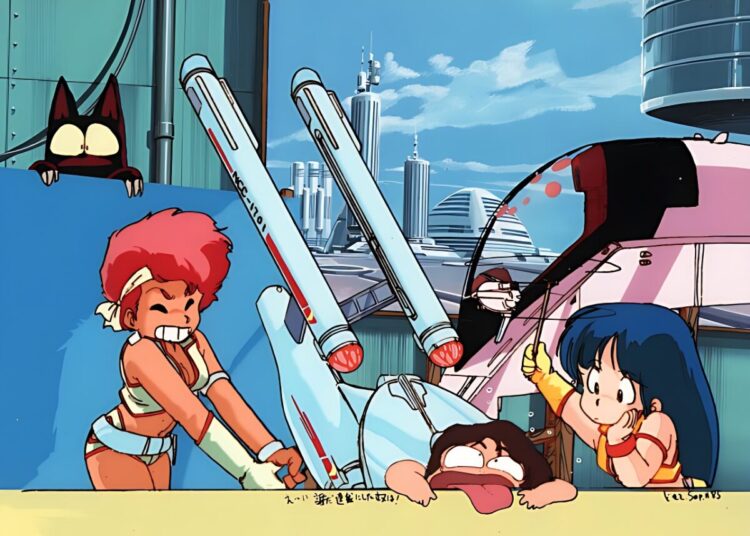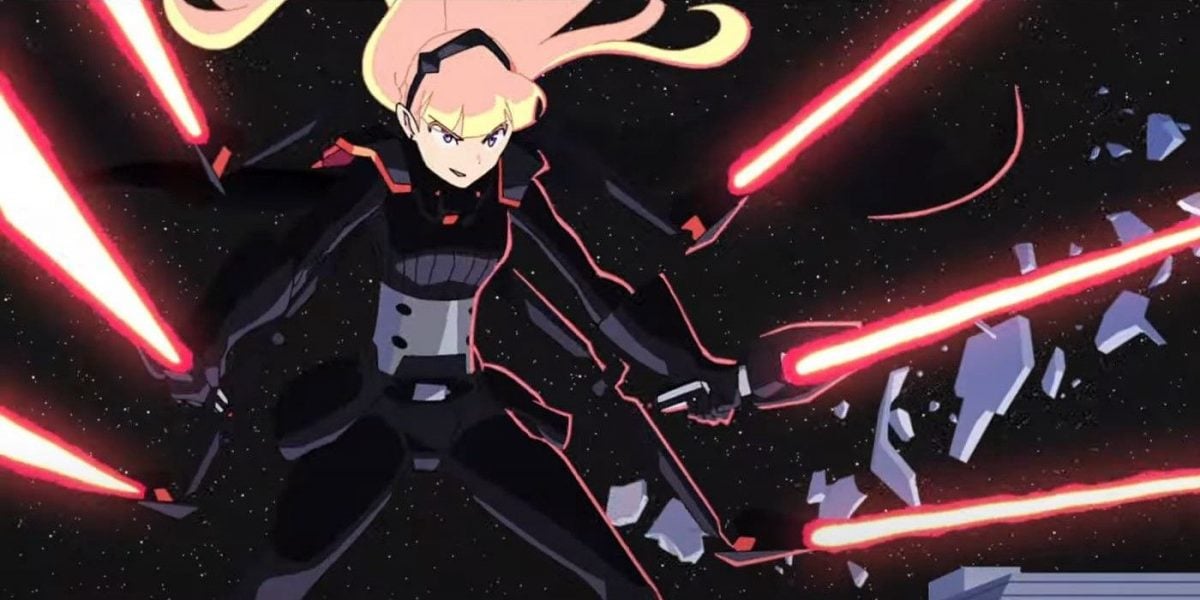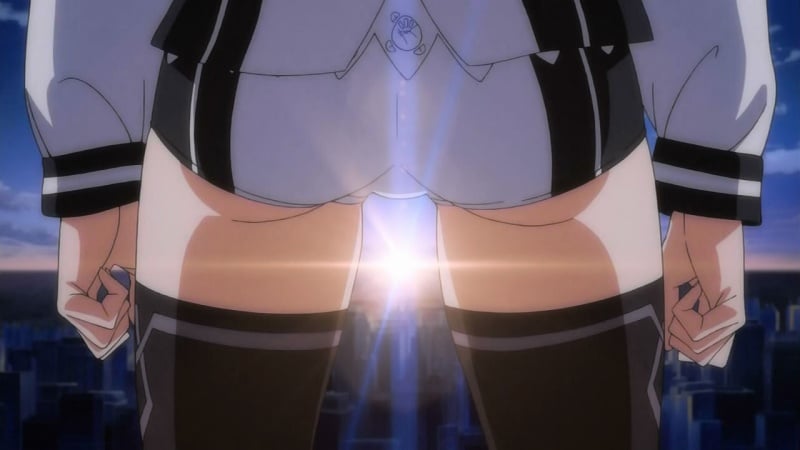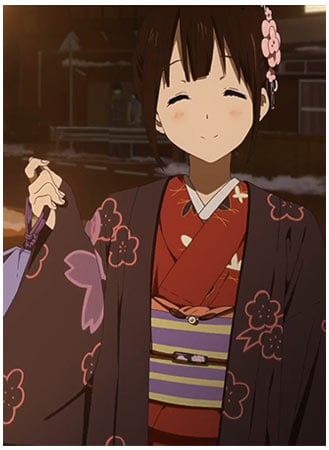Today is New Year’s Eve, a day to do any last-minute “big cleaning,” including getting the car washed, since no one wants to start a new year with a dirty car. December 31st is the day to eat Japanese soba (buckwheat noodles), which supposedly helps everyone enjoy long lives because the noodles are long, and December 31st is the busiest day for restaurants that serve noodles. Another big activity for the last day of the year is watching Kohaku, the “Red and White Song Battle,” a live show put on by NHK every year since 1951 in which female singers (the red team) battle male singers (the white team) to see which side can put on the most extravagant performances. Kohaku is the most important music event of the year, and virtually every top star will be there, from the venerable Saburo Kitajima to AKB48 to the up-and-coming Momoiro Clover Z and Kyary Pamyu Pamyu. (Fans of J-List’s prepaid iTunes Japan cards can browse this year’s Kohaku music on iTunes if they like.)
After the Kohaku show ends at 11:45 pm, NHK broadcasts 行く年、来る年 Yuku Toshi, Kuru Toshi (Year Going, Year Coming,) showing solemn images of people making pilgrimages to beautiful Shinto shrines, Buddhist temples, Christian churches and Muslim mosques to do 初詣 hatsu-moh-de, the first prayer for good luck and happiness of the New Year, overlaid with the sound of a bell that chimes 108 times, a Buddhist tradition tied to the 108 sins that mankind is subject to. Then, the TV display flashes “0:00,” letting you know the New Year has silently arrived.
Then comes Oshogatsu, New Year’s Day, the most important day of the year in Japan. On that day we’ll all sit around the house relaxing, eating mikan oranges and mochi rice cakes with our legs in the kotatsu heater table and watching the big New Year’s Marathon that’s held every year in our prefecture, which is broadcast nationally on TV, since sitting around watching people run in the cold is apparently a good way to start the year. It’s important to relax as much as possible on New Year’s Day because if you’re busy on that day, it’s said you’ll be busy all year. Just as kids rush downstairs to see what presents Santa brought them in the U.S., Japanese children hurry to get the mail so they can see who sent them a nengajo or New Year’s Card, a huge custom in Japan. By the way, the way to wish someone a Happy New Year while it’s still December is よいお年を yoi o-toshi o, literally meaning “[please have a] good New Year.” After January 1st has arrived, you say 明けましておめでとう akemashite omedetou (ah-kay-ma-shtay oh-meh-deh-toh), literally “congratulations on entering the New Year.”
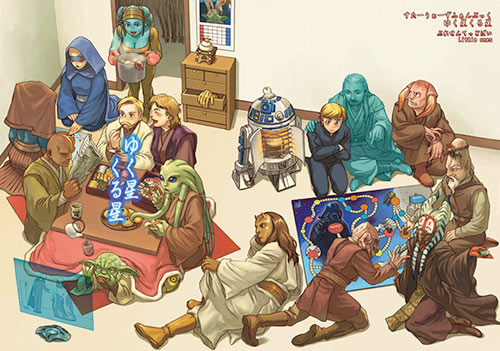
This is how Jedi celebrate New Year’s in Japan.



